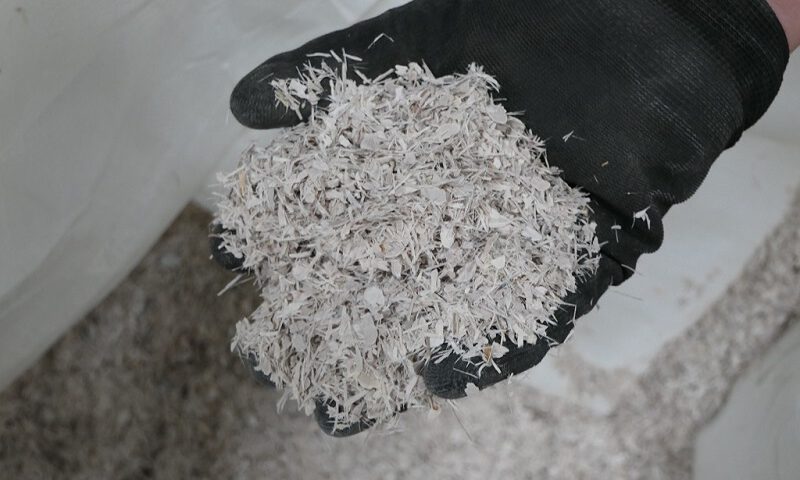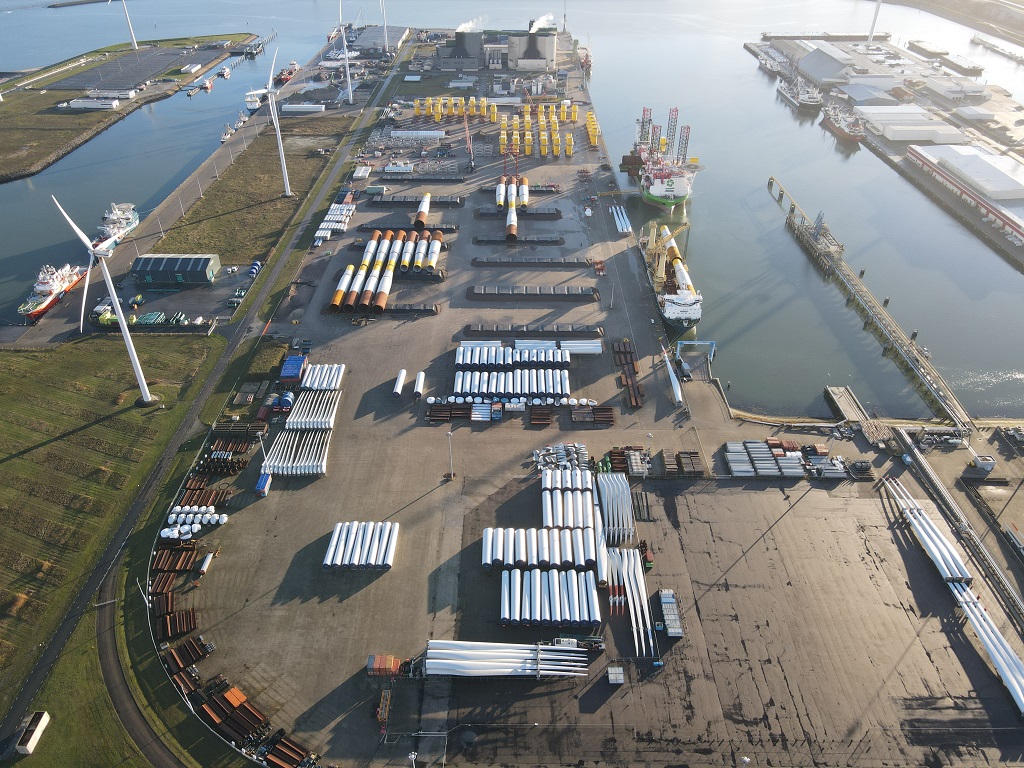Eemshaven the world’s first in wind turbine recycling
Eemshaven the world’s first in wind turbine recycling

What should be done with all those wind turbine blades that will be written off over the coming years? Recycling has hardly seemed an option – until now. At Eemshaven, a seaport in the province of Groningen, the Netherlands, parties concluded a covenant that marks the start of a closed chain for the supply, dismantling and recycling of wind turbine blades.
They get dumped, buried in mines and they generally cause headaches. Wind turbine blades, which are primarily made from composite materials, generate energy all over the world but pose a huge problem after their working life. Nothing can be done with the blades, or so it seems. Now that various companies, educational institutions and other organisations are joining forces to facilitate recycling, we are coming significantly closer to a solution to this problem. Thanks to the joint effort, Eemshaven is to be the world’s first in wind turbine recycling.
Decom North is the consortium that will make it happen, which is unique for its comprehensiveness. Together, the affiliated companies will form a full value chain, from dismantling to new product. They will dismantle written-off wind turbines and transport the rotor blades to the recycling plant in or near Eemshaven, where the blades will be broken down into granules. These granules will be the raw material for new products such as bank revetments, moulds, bridges, crane mats and much more.
This new covenant marks the launch of a much-needed revolution for nature, the environment and the climate. Within a few years, hundreds of wind turbines at sea to the north of Eemshaven will be part of an integrated recycling system. A pilot plant near the terminal will operate at full speed. The raw materials produced in this way will replace materials such as hardwood, therefore benefiting both the environment and the climate.
Until then, the consortium will use the Bremen-based company Neocomp, which processes glass fibre and synthetic resin from cut rotor blades into cement. A ‘one stop shop’ system for disposing discarded rotor blades is already up and running. The flows from land and sea will shortly meet in Eemshaven, where rotor blades can also be repaired.
The parties involved, including Chemport Europe, all agree that old wind turbine blades eventually have to be recycled into new wind turbine blades. In order to realise this as soon as possible, the pilot plant has plenty of room to accommodate researchers and students from the High-Quality Applications knowledge project. They are also exploring whether other types of material can be processed using the same method.
HorYzon and Windesheim University of Applied Sciences drew up the business case, in which Chemport Europe, Groningen Seaports and the Offshore Wind Innovation Centre play a key role, alongside the companies Buss Terminal, Mammoet, Lubbers Transport, DHSS Eemshaven, Bek & Verburg, Nehlsen metaalrecycling, CRC Industries, SCS Logistics/Shipco Transport and Nedcam Solutions.
The business case will be presented and handed over to the Groningen Provincial Executive member IJzebrand Rijzebol during a programme on Thursday 17 February at Nijlicht in Eemshaven.


